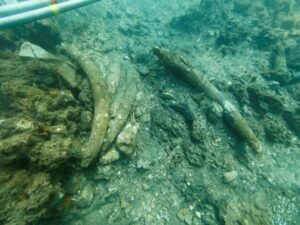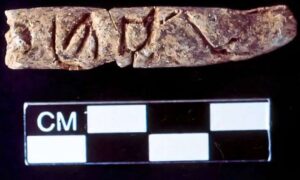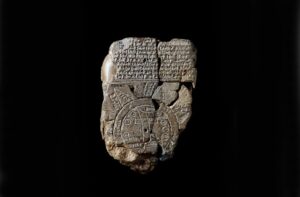Researchers have unearthed a mass grave in China containing 41 headless skeletons. The Honghe site grave is the largest known headhunting massacre in Neolithic China. Thrity-two individuals appear to have been killed during the same event.
The grisly site was first discovered in the 1990s and has undergone six separate excavations. In the latest one, researchers found 68 skeletons, including 41 without heads, across two houses and three tombs. The bodies are 4,100 to 4,400 years old. The team also found the skulls of four men in a pit outside the house and several bone tools buried alongside the skeletons.

An aerial view of the burial site. Photo: Qian Wang/Texas A&M
Victims were women or children
The remaining members of the community seem to have abandoned the site after the massacre. This mass killing shows signs of extreme violence. Unusually, all the victims were women or children. Every skeleton has cut marks across the neck vertebrae and several have V- and U-shaped cuts on the second vertebra. The assailants used bone-handled knives with stone blades. The similarity of these markings suggests that the killings were part of the same attack.
The study speculates on two possibilities for the beheadings. Their first theory is that it was a ritual.
“Heads of enemy tribes were sought after for a specific ritual meaning, to conquer and/or possess the soul and energy of the enemies,” Qian Wang, co-author of the recent study, told LiveScience. This specific ritual might have required the heads of women and children.

Part of the burial site. Photo: Qian Wang/Texas A&M University School of Dentistry
Heads as trophies
The second theory was a rivalry between settlements. The site had three defensive trenches around it, suggesting there was a conflict between the Honghe people and other communities.
The vast majority of those living at Honghe would have been farmers, fishers, and hunters. By choosing women and children as victims, a rival group would have caused the most outrage because of the “high level of cruelty.” In this scenario, the attackers took the heads as trophies.
The researchers suggest that the men may have been away working during the attack and returned to find the massacred bodies of their loved ones. They then chose to bury them in the houses before abandoning the settlement.

Four skulls in a pit outside the burial house. Photo: Qian Wang/Texas A&M University School of Dentistry






